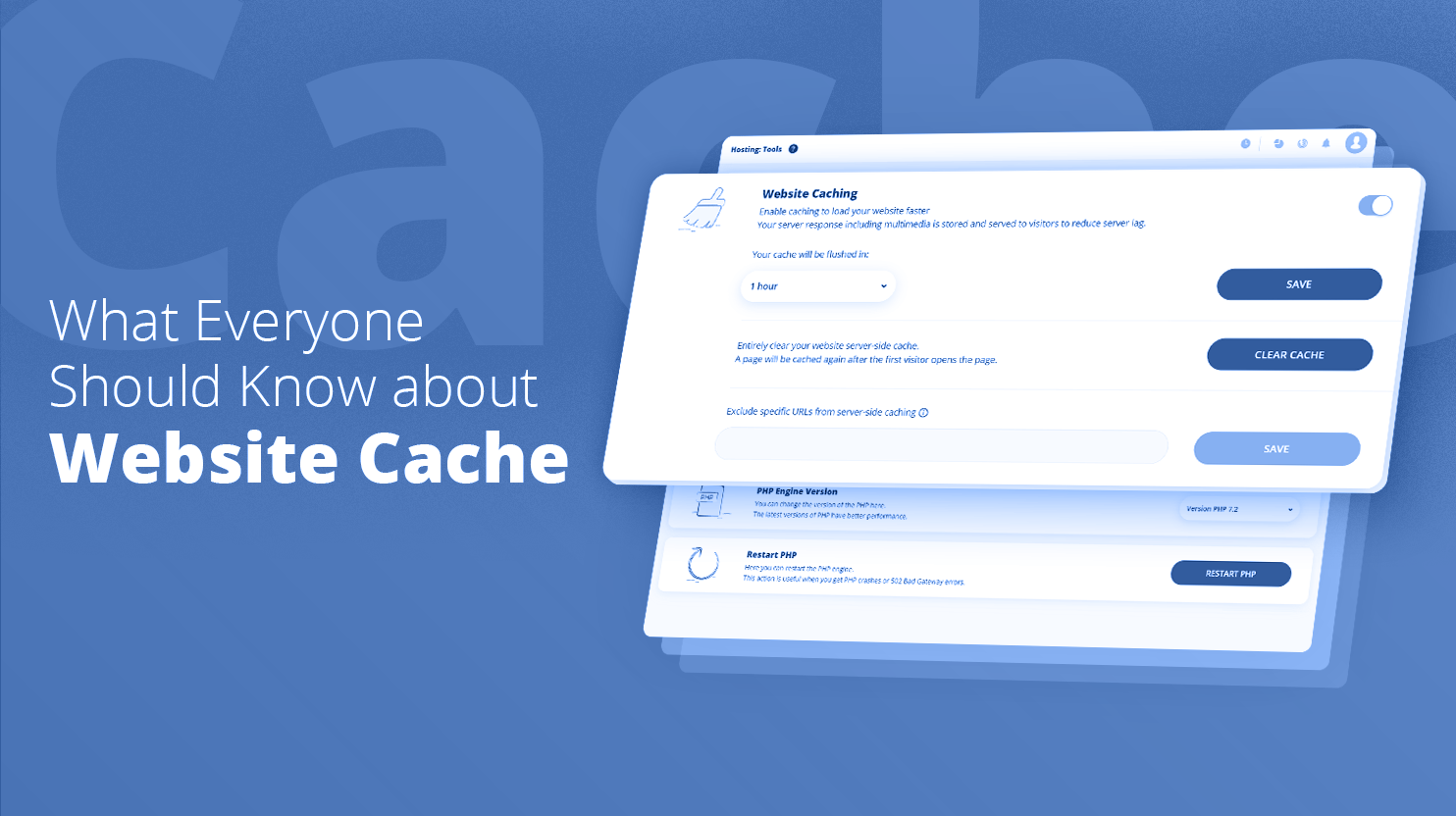
What is website caching?
Website caching is the most common way of saving duplicates of documents in a cache, or temporary stockpiling area, so they can be fetched more rapidly. In fact, a cache is any transitory stockpiling area for duplicates of records or information, yet the term is mostly used regarding Web innovations. Internet browsers cache HTML documents, JavaScript, and pictures to load sites more rapidly, while DNS servers cache DNS records for quicker queries and CDN servers cache content to diminish dormancy.
How it works
To understand how caches work exactly, think about true caches of food and different supplies. At the point when pilgrim Roald Amundsen made his return process from his excursion toward the South Pole in 1912, he and his men remained alive on the caches of food they had put away en route. This was considerably more effective than trusting that provisions will be conveyed from their headquarters as they voyaged. Caches on the Web fill a comparative need; they briefly store the ‘provisions’, or content, required for clients to make their excursion across the web.
What does caching software do?
Each time a client stacks a website page, their program needs to download a considerable amount of information to show that page. To improve page load times, programs store a large portion of the elements that shows up on the page, saving a duplicate of the site page’s elements on the website server’s hard drive. Along these lines, the following time the client stacks the page, the majority of the elements are now put away locally and the page will load much more rapidly.
Caching software store these records until their opportunity to live (TTL) terminates or until the hard drive cache is full. (TTL means that how long happy ought to be cached.) Clients can likewise clear their program cache whenever needed.
What does clearing a program cache achieve?
When a program cache is cleared, each site page will load as if the client first has visited the page. In the event that something stacked erroneously the initial time and was cached, clearing the cache can permit it to accurately stack. Nonetheless, clearing one’s program cache can likewise briefly display slower page load times.
What is CDN caching?
A CDN, or content delivery network, caches content (like pictures, recordings, videos, or site pages) in intermediary servers that are found closer to end clients than initial servers. (An intermediary server is a server that gets requests from clients and shares them to different servers.) On the grounds that the servers are closer to the client making the request, a CDN can send the content more rapidly.
Content Delivery Network (CDN)
Consider a CDN resembling a chain of supermarkets: Rather than going the entire way to the main location where food is produced, which could be many miles away, and back and forth driving, customers go to their nearest supermarket, which actually requires some movement yet is a lot closer. Since supermarkets stock food from distant ranches, shopping for food requires minutes rather than days. Additionally, CDN caches ‘stock’ the substance that shows up on the Web so pages load significantly more rapidly.
At the point when a client’s browser requests content from a site utilizing a CDN, the CDN gets that element from a the main server, and afterward saves a duplicate of the server for future requests. Cached content elements remain in the CDN cache as long as clients keep on requesting it or it expires.
When to use a CDN
A CDN should be used when building a large international platform or web app or local app with millions of concurrent users. If your website is slow, try to optimize your website with Google’s page speed index tool – combined with a caching and optimization plugin. If your website is still slow, try having an expert analyse and optimize your website or upgrade to a VPS server.